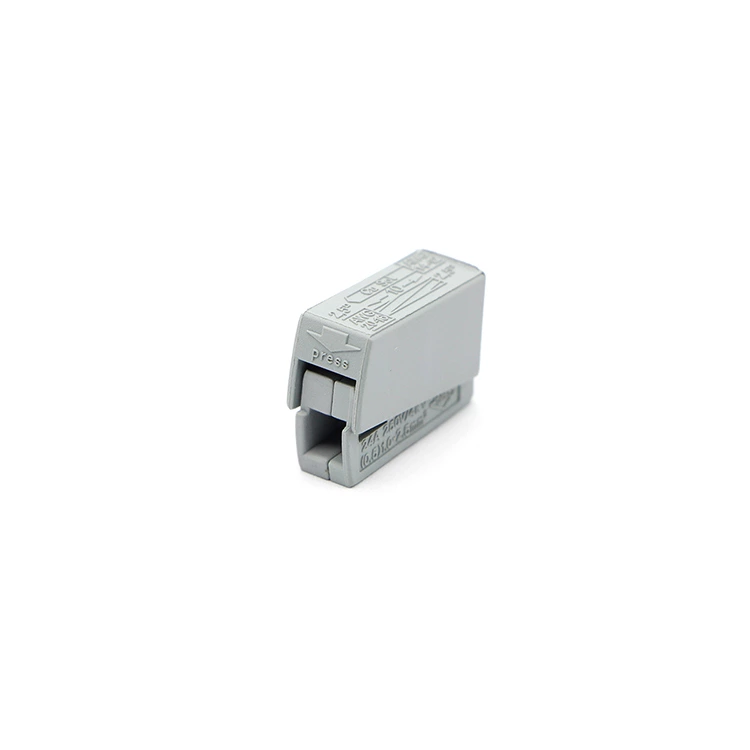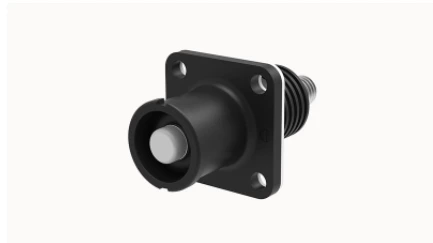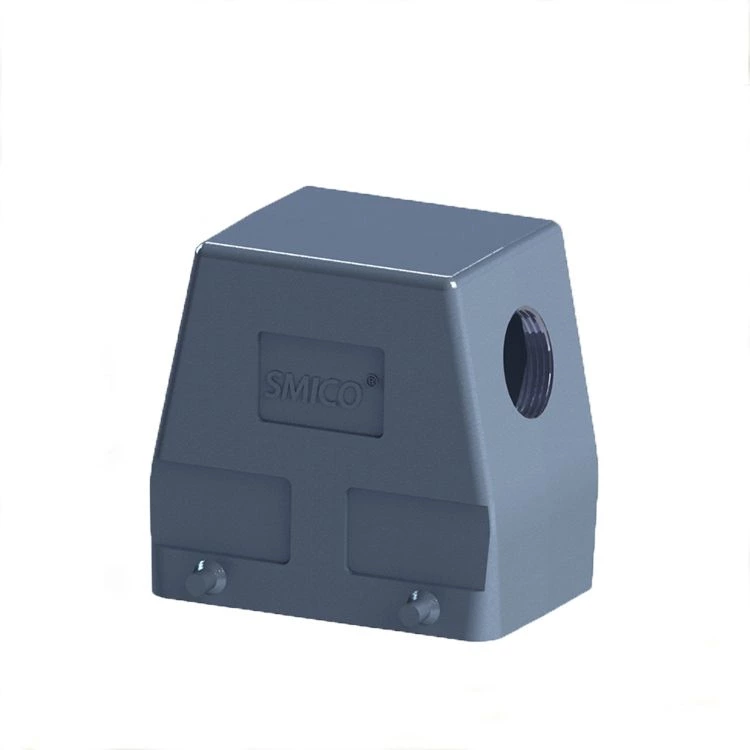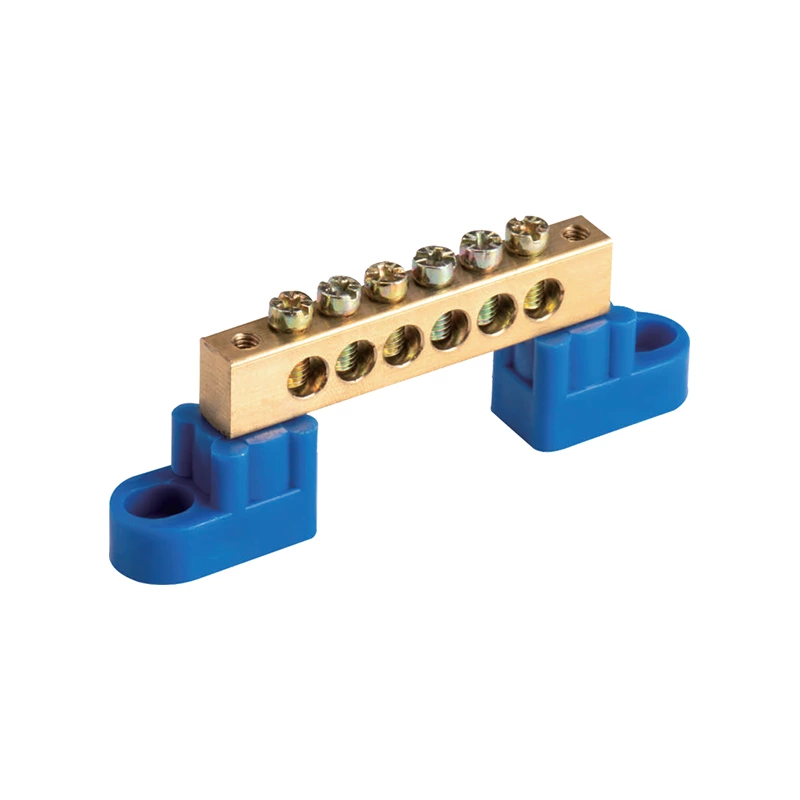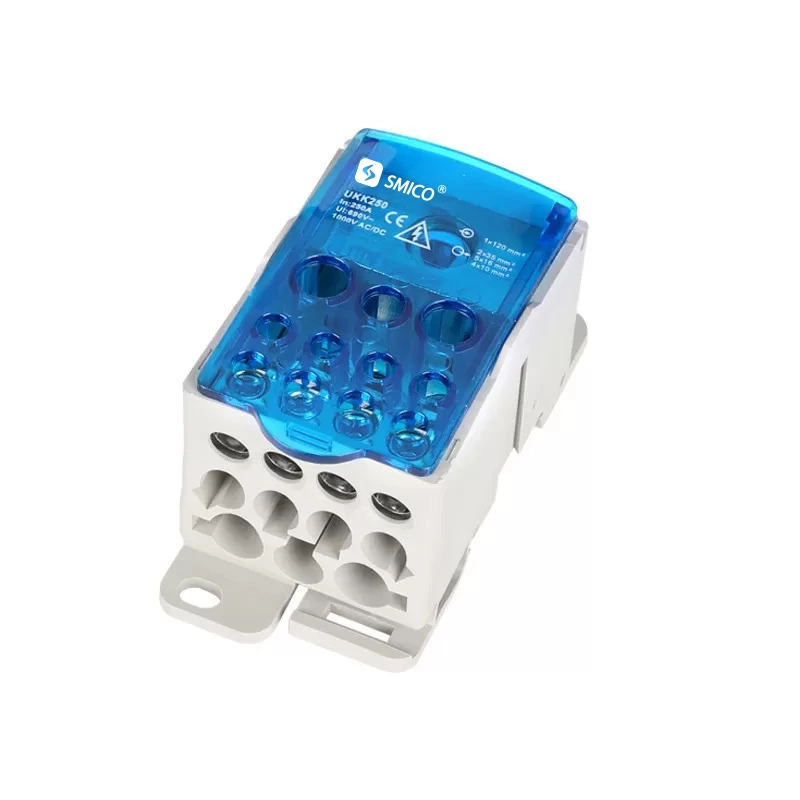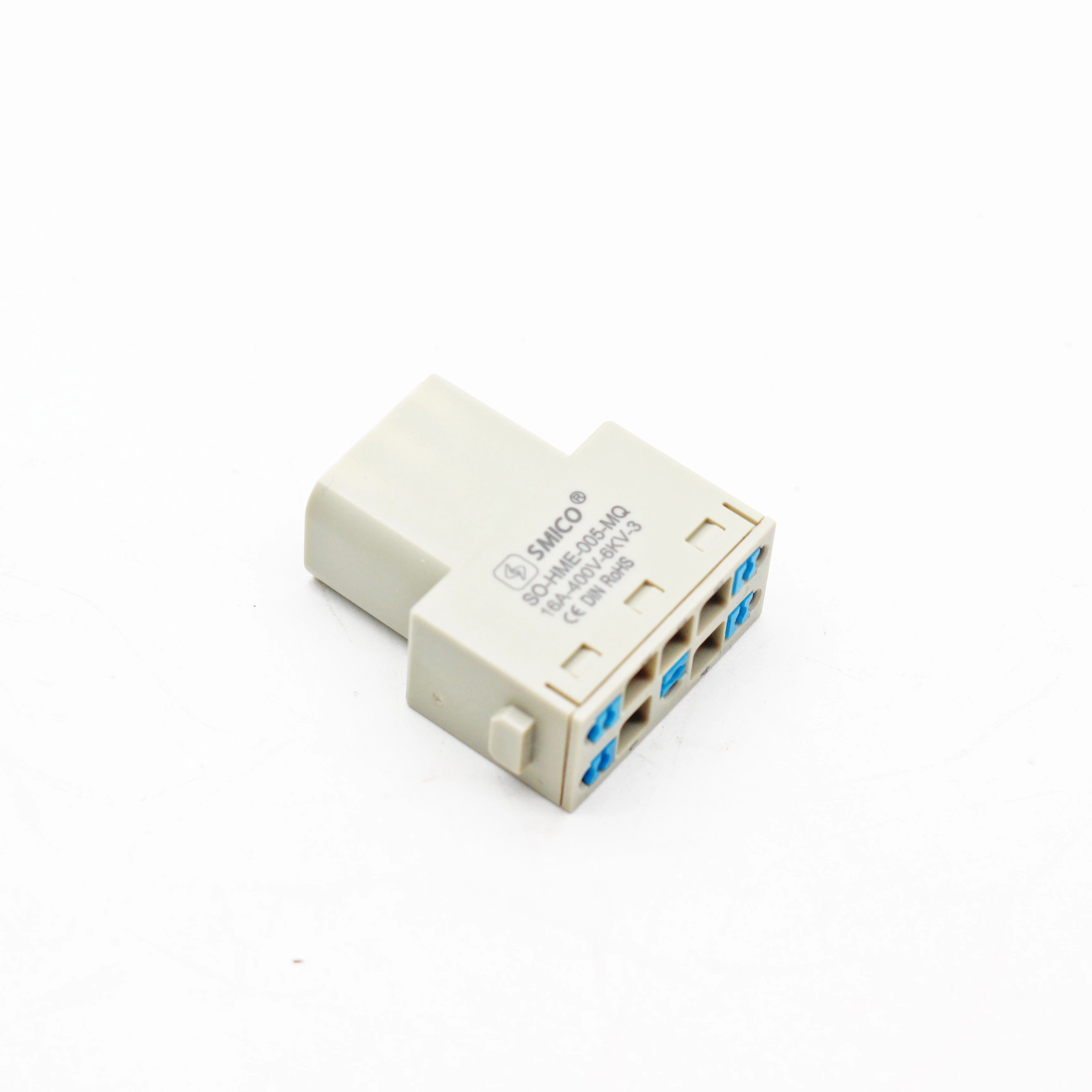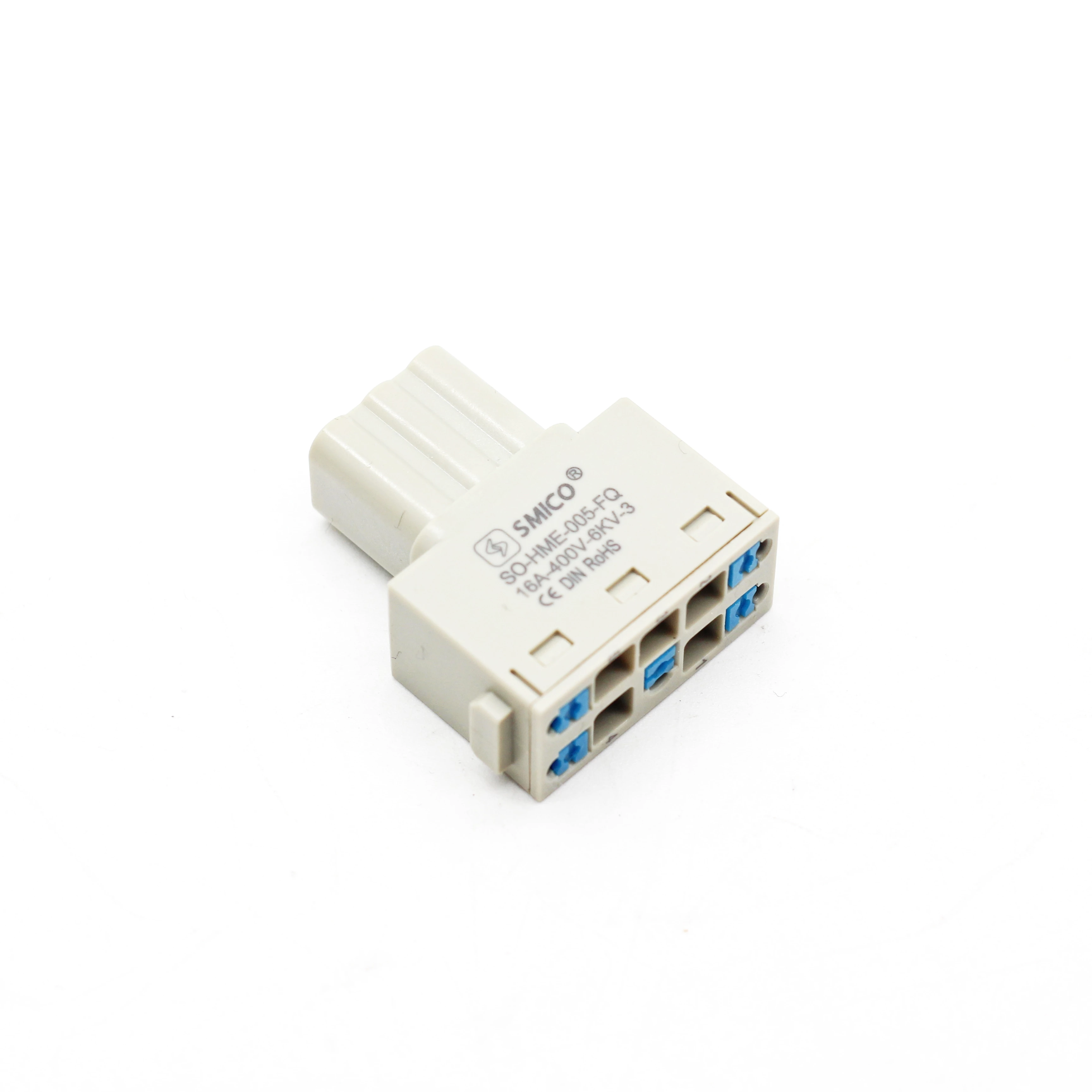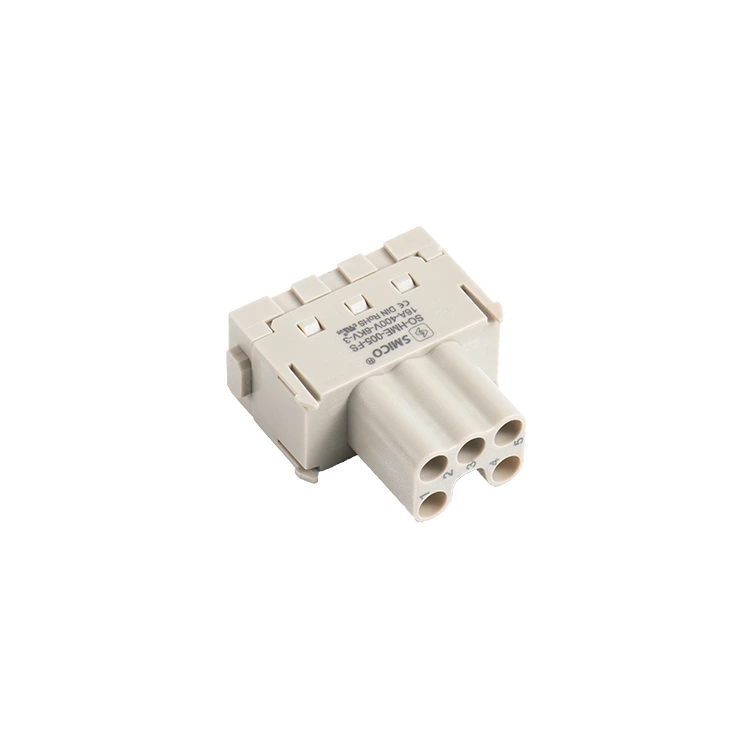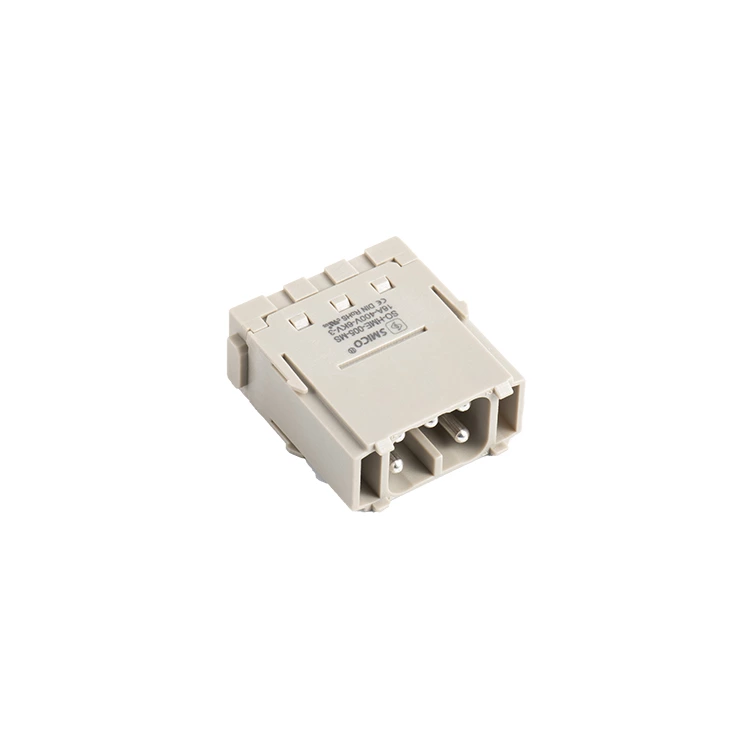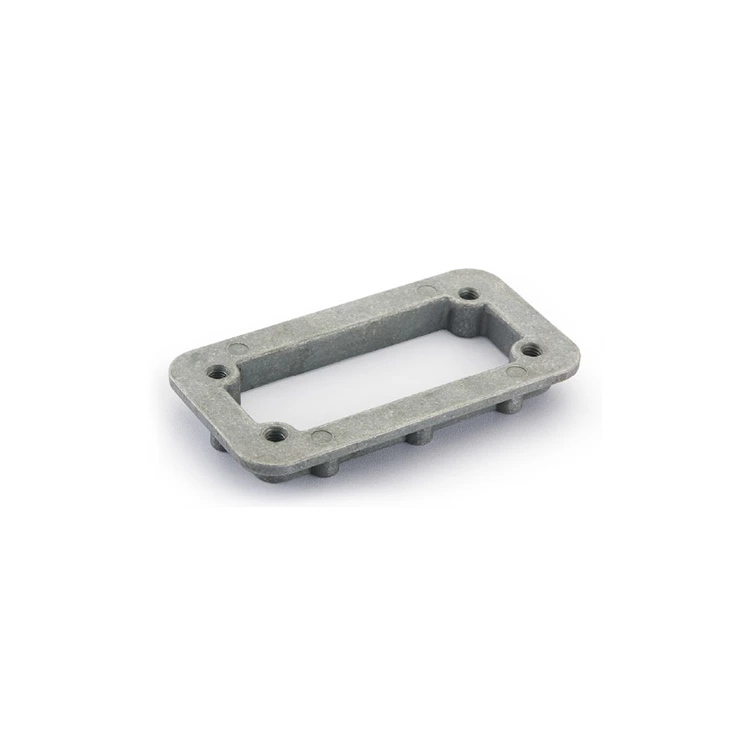How To Solve The Problem Of Severe Heating Of Push-type Terminal Connectors?
push in terminal block wire connector Serious heating is a common problem, usually caused by excessive current, poor contact or insufficient heat dissipation. To solve this problem, you can start from the following aspects:
First, check whether the contact surface of push in wire terminal block is oxidized or dirty. After long-term use, metal contacts are easily oxidized, resulting in increased contact resistance, which generates more heat. It is recommended to clean the contacts with anhydrous alcohol and use fine sandpaper to lightly polish the oxide layer if necessary. Apply an appropriate amount of conductive paste after cleaning to reduce contact resistance and prevent oxidation.
Secondly, evaluate whether the current load exceeds the push fit terminal block connector rated value. If a high-power image transmission device is used or it works for a long time, it may exceed the push connector block carrying capacity. You can use a higher specification connector instead, or consider diversion measures, such as directly leading the power cord out to avoid all current passing through the card connector.
It is also important to improve heat dissipation conditions. A heat sink or cooling fan can be installed around the connector. If it is a card holder with a metal shell, ensure that the shell and the body have a good thermal conductivity path. When working in a high temperature environment, shorten the continuous working time appropriately to give the equipment time to cool down.
Check whether the number of plug-in and unplugging of the connector has reached the life limit. Frequent plug-in and unplugging will cause the elasticity of the spring sheet to decrease and the contact pressure to be insufficient. In this case, it is recommended to replace the new connector and choose a high-quality product with gold-plated contacts.
Finally, check whether there is a short circuit risk. Use a multimeter to measure the insulation resistance between the pins of the connector to ensure that there is no abnormal conduction. At the same time, check whether the cable is damaged and causes a local short circuit.
Preventive maintenance is also critical. Check the connector status regularly, touch the test temperature with your hand before flying, and deal with abnormalities in time. Dry it in time after use in a humid environment to avoid water vapor accelerating oxidation. Through these measures, the problem of connector overheating can be effectively solved and flight safety can be guaranteed.
